Lead Story
1783Treaty of Paris signed
The American Revolution officially comes to an end when representatives of the United States, Great Britain, Spain and France sign the Treaty of Paris on this day in 1783. The signing signified America’s status as a free nation, as Britain formally recognized the independence of its 13 former American colonies, and the boundaries of the new republic were agreed upon: Florida north to the Great Lakes and the Atlantic coast west to the Mississippi River.
The events leading up to the treaty stretched back to April 1775, on a common green in Lexington, Massachusetts, when American colonists answered King George III’s refusal to grant them political and economic reform with armed revolution. On July 4, 1776, more than a year after the first volleys of the war were fired, the Second Continental Congress officially adopted the Declaration of Independence. Five difficult years later, in October 1781, British General Charles Lord Cornwallis surrendered to American and French forces at Yorktown, Virginia, bringing to an end the last major battle of the Revolution.
In September 1782, Benjamin Franklin, along with John Adams and John Jay, began official peace negotiations with the British. The Continental Congress had originally named a five-person committee–including Franklin, Adams and Jay, along with Thomas Jefferson and Henry Laurens–to handle the talks. However, both Jefferson and Laurens missed the sessions–Jefferson had travel delays and Laurens had been captured by the British and was being held in the Tower of London. The U.S. delegation, which was distrustful of the French, opted to negotiate separately with the British.
During the talks Franklin demanded that Britain hand over Canada to the United States. This did not come to pass, but America did gain enough new territory south of the Canadian border to double its size. The United States also successfully negotiated for important fishing rights in Canadian waters and agreed, among other things, not to prevent British creditors from attempting to recover debts owed to them. Two months later, the key details had been hammered out and on November 30, 1782, the United States and Britain signed the preliminary articles of the treaty. France signed its own preliminary peace agreement with Britain on January 20, 1783, and then in September of that year, the final treaty was signed by all three nations and Spain. The Treaty of Paris was ratified by the Continental Congress on January 14, 1784.
RELATED VIDEOS
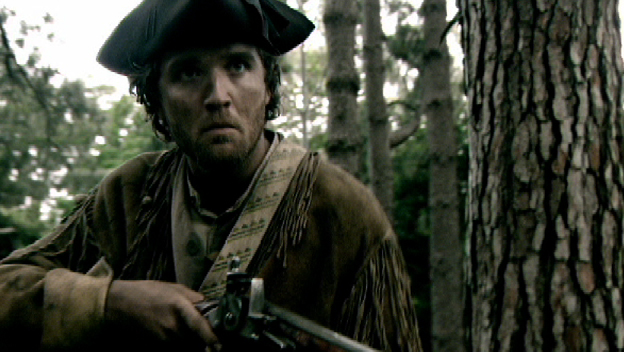 VIDEOPlay videoAmerican Revolution
VIDEOPlay videoAmerican Revolution VIDEOPlay videoBoston Massacre
VIDEOPlay videoBoston Massacre VIDEOPlay videoMeet Benjamin Franklin
VIDEOPlay videoMeet Benjamin Franklin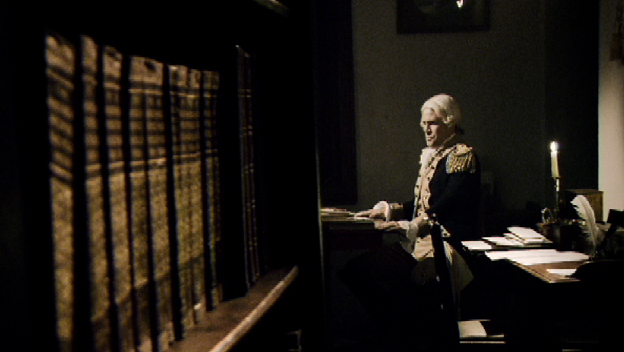 VIDEOPlay videoGeorge Washington
VIDEOPlay videoGeorge Washington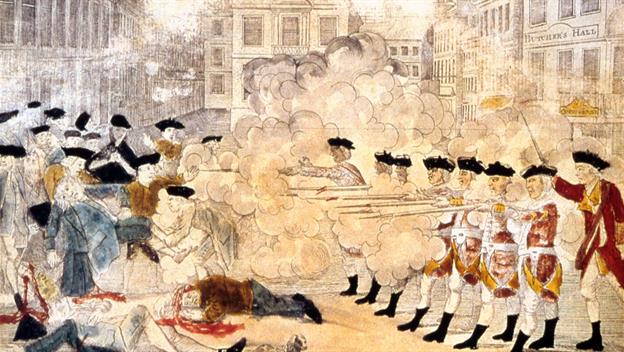 VIDEOPlay videoPaul Revere: Fast Facts
VIDEOPlay videoPaul Revere: Fast Facts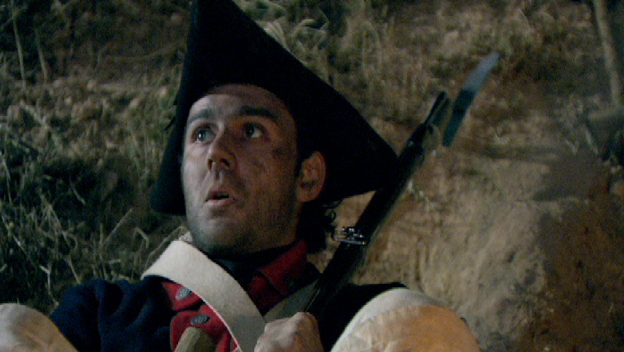 VIDEOPlay videoYorktown
VIDEOPlay videoYorktown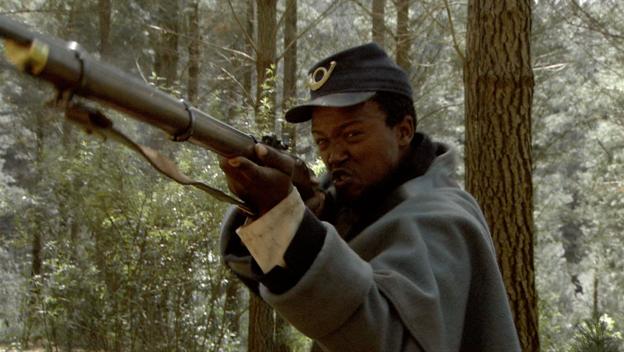 VIDEOPlay videoBlacks in the Military
VIDEOPlay videoBlacks in the Military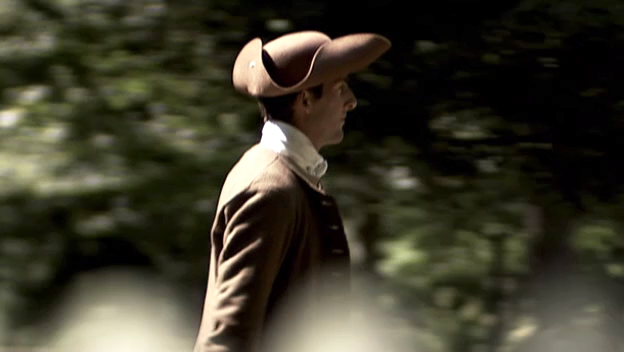 VIDEOPlay videoJefferson Challenges the King
VIDEOPlay videoJefferson Challenges the King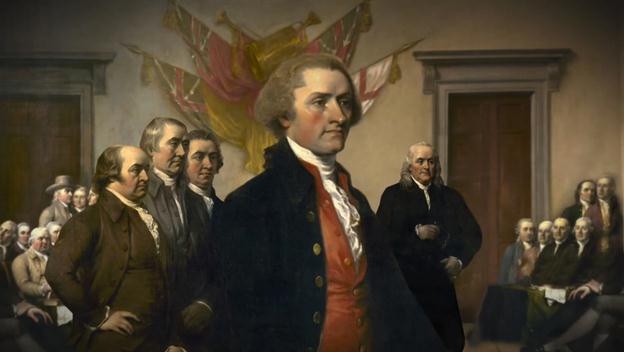 VIDEOPlay videoAsk HISTORY: Did all the founding fathers wear wigs?
VIDEOPlay videoAsk HISTORY: Did all the founding fathers wear wigs? VIDEOPlay videoBattle of Saratoga Turns the Tide
VIDEOPlay videoBattle of Saratoga Turns the Tide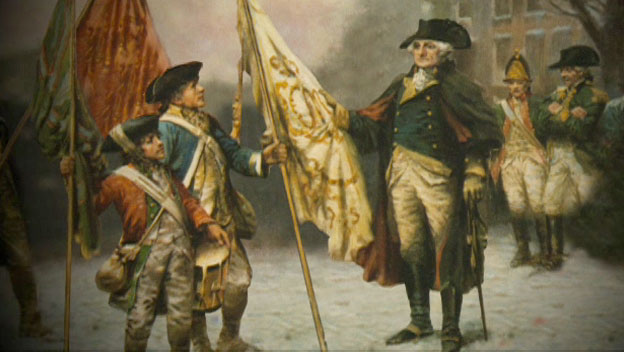 VIDEOPlay videoAmerican Victory at Yorktown
VIDEOPlay videoAmerican Victory at Yorktown VIDEOPlay videoFirst Revolutionary Battle at Lexington and Concord
VIDEOPlay videoFirst Revolutionary Battle at Lexington and Concord
 TOPICTreaty of Paris
TOPICTreaty of Paris TOPICJohn Jay
TOPICJohn Jay TOPICBenedict Arnold
TOPICBenedict Arnold TOPICTownshend Acts
TOPICTownshend Acts TOPICBattle of Moores Creek Bridge
TOPICBattle of Moores Creek Bridge TOPICBetsy Ross
TOPICBetsy Ross TOPICSiege of Yorktown
TOPICSiege of Yorktown TOPICThomas Paine
TOPICThomas Paine TOPICBoston Tea Party
TOPICBoston Tea Party TOPICPatrick Henry
TOPICPatrick Henry NEWSThe Real-Life Haunts of the Sons of Liberty
NEWSThe Real-Life Haunts of the Sons of Liberty TOPICBattle of Guilford Courthouse
TOPICBattle of Guilford Courthouse
ALSO ON THIS DAY
American Revolution
1777
The American flag was flown in battle for the first time on this day in 1777, during a Revolutionary War skirmish at Cooch’s Bridge, Delaware. Patriot General William Maxwell ordered the “Stars and Stripes” banner raised as a detachment of his infantry and cavalry met an advance guard of British...
Automotive
1900
On September 3, 1900, the first car ever made in Flint, Michigan makes its debut in the town’s Labor Day parade. Designed and built by a county judge and weekend tinkerer named Charles H. Wisner, the car was one of the only cars built in Flint that did not end...
Civil War
1861
Confederate General Leonidas Polk commits a major political blunder by marching his troops into Columbus, Kentucky–negating Kentucky’s avowed neutrality and causing the Unionist legislature to invite the U.S. government to drive the invaders away. Kentucky was heavily divided prior to the war. Although slavery was prevalent in the state, nationalism was...
Cold War
1990
President George Bush prepares for his first summit meeting with Soviet leader Mikhail Gorbachev. The theme of the meeting was cooperation between the two superpowers in dealing with the Iraqi crisis in the Middle East. In August 1990, Iraqi forces attacked the neighboring nation of Kuwait, setting off a crisis...
Crime
2004
A three-day hostage crisis at a Russian school comes to a violent conclusion after a gun battle erupts between the hostage-takers and Russian security forces. In the end, over 300 people died, many of them children, while hundreds more were injured. On the morning of September 1, a group of Chechan...
Disaster
1930
A powerful hurricane slams into the Dominican Republic, killing more than 8,000 people, on this day in 1930. September is a prime month for hurricanes in the Caribbean, as storms that form off the African coast move west and are fueled by waters in the island region that have been...
General Interest
1777
The American flag is flown in battle for the first time, during a Revolutionary War skirmish at Cooch’s Bridge, Maryland. Patriot General William Maxwell ordered the stars and strips banner raised as a detachment of his infantry and cavalry met an advance guard of British and Hessian troops. The rebels...
1935
A new land-speed record is set by Britain’s famed speed demon, Sir Malcolm Campbell. On the Bonneville Salt Flats of Utah, Campbell and his 2,500-hp motor car Bluebird made two runs over a one-mile course at speeds averaging 301.129 mph. In breaking the 300-mph barrier, he surpassed the world record...
1943
The British 8th Army under Field Marshal Bernard L. Montgomery begins the Allied invasion of the Italian peninsula, crossing the Strait of Messina from Sicily and landing at Calabria–the “toe” of Italy. On the day of the landing, the Italian government secretly agreed to the Allies’ terms for surrender, but...
Hollywood
1991
On this day in 1991, Frank Capra, a leading Hollywood director in the 1930s and 1940s whose movies include the now-classic You Can’t Take It With You, Mr. Smith Goes to Washington and It’s a Wonderful Life, dies at the age of 94 at his home in La Quinta, California....
Literary
1963
On this day in 1963, Malcolm Gladwell, author of such non-fiction best-sellers as “The Tipping Point,” “Blink” and “Outliers,” is born in Fareham, Hampshire, England. Known for taking a counterintuitive look at questions about modern life, Gladwell’s writing has explored everything from IQ tests to why people choose Coke over...
Music
1982
No company has done more than Apple, Inc., to bring the world of technology together with the world of music. But those who are too young to remember the world before the iPod may never appreciate how just how far apart those worlds were back in 1982, when Apple co-founder...
Old West
1855
On this day in 1885, General William Harney and 700 soldiers take revenge for the Grattan Massacre with a brutal attack on a Sioux village in Nebraska that left 100 men, women, and children dead. The path to Harney’s bloody revenge began a year before near Fort Laramie, Wyoming, when a...
Presidential
1919
On this day in 1919, President Woodrow Wilson embarks on a tour across the United States to promote American membership in the League of Nations, an international body that he hoped would help to solve international conflicts and prevent another bloody world war like the one from which the country...
Sports
1977
On September 3, 1977, Sadaharu Oh of Japan’s Yomiuri Giants hits the 756th home run of his career, breaking Hank Aaron’s professional record for career home runs. Oh was the greatest Japanese player of his era, though not the most popular because of his half-Japanese, half-Chinese background. Nonetheless, his record-breaking...
Vietnam War
1950
A U.S. Military Assistance Advisory Group (MAAG) of 35 men arrives in Saigon to screen French requests for American military aid, assist in the training of South Vietnamese troops, and advise on strategy. President Harry Truman had approved National Security Council (NSC) Memorandum 64 in March 1950, proclaiming that French...
1967
In South Vietnam’s national election, General Nguyen Van Thieu wins a four-year term as president with former Premier Nguyen Cao Ky as vice-president. They received only 34.8 percent of the votes cast, but the rest were divided among 10 other candidates. There were many allegations of corruption during the...
World War I
1914
On September 3, 1914, barely a month after the outbreak of World War I, Giacomo della Chiesa is elected to the papacy of the Roman Catholic Church, becoming Pope Benedict XV. An aristocratic native of Genoa, Italy, who had served as a cardinal since the previous May, Benedict succeeded Pius X,...
World War II
1939
On this day in 1939, in response to Hitler’s invasion of Poland, Britain and France, both allies of the overrun nation declare war on Germany. The first casualty of that declaration was not German—but the British ocean liner Athenia, which was sunk by a German U-30 submarine that had assumed the...
You May Like
ALSO ON THIS DAY
Lead Story
- 1783 Treaty of Paris signed
American Revolution
- 1777 The Stars and Stripes flies
Automotive
- 1900 Charles Wisner’s “Buzz-Wagon” debuts in Flint
Civil War
- 1861 Confederate forces enter Kentucky
Cold War
- 1990 Bush prepares for summit with Gorbachev
Crime
- 2004 Russian school siege ends in bloodbath
Disaster
- 1930 Hurricane batters Dominican Republic
General Interest
- 1777 The Stars and Stripes flies
- 1935 Campbell exceeds 300 mph
- 1943 Allies invade Italian mainland
Hollywood
- 1991 It’s a Wonderful Life director Capra dies
Literary
- 1963 Tipping Point author Malcolm Gladwell born
Music
- 1982 Apple co-founder Steve Wozniak’s US Festival opens in San Bernardino County, California
Old West
- 1855 U.S. Army avenges the Grattan Massacre
Presidential
- 1919 Wilson embarks on tour to promote League of Nations
Sports
- 1977 Sadaharu Oh hits 756th home run
Vietnam War
- 1950 U.S. Military Assistance Advisory Group arrives in Saigon
- 1967 Thieu-Ky ticket wins national election
World War I
- 1914 Pope Benedict XV named to papacy
World War II
- 1939 Britain and France declare war on Germany

No comments:
Post a Comment
Please leave a comment-- or suggestions, particularly of topics and places you'd like to see covered